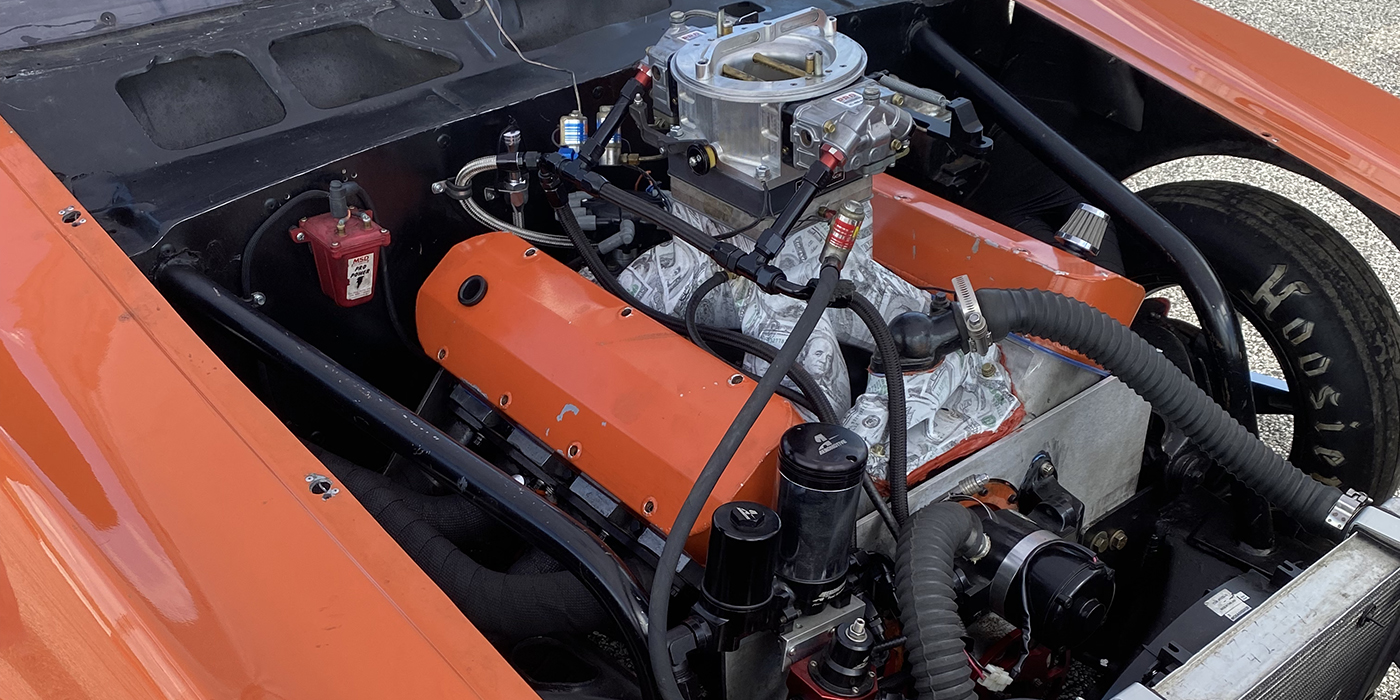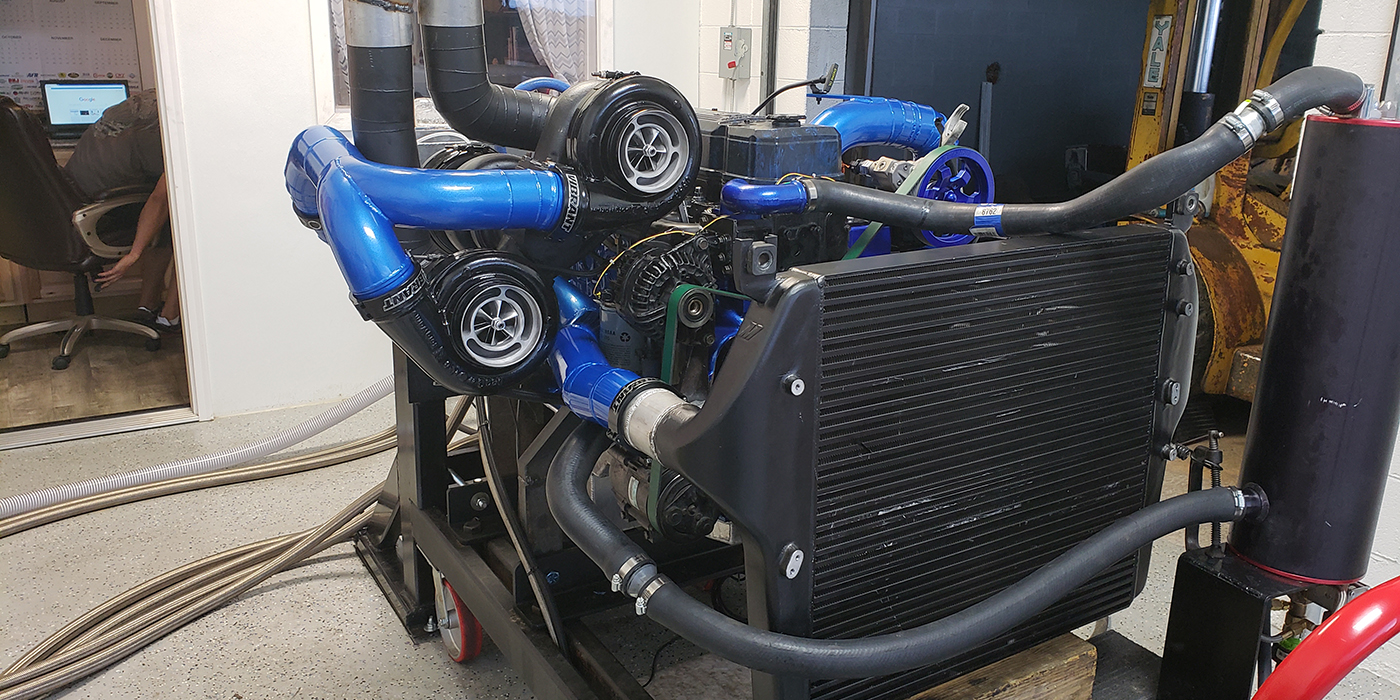It’s said that water and oil don’t mix. Turns out moisture, air and metal don’t get along real well either. There are many things that can damage engine parts, causing them not to function correctly or be as dependable as they could be, and one of those variables not necessarily top of mind is rust.
Rust is never a good thing, especially when it comes to engine parts. It eats away at the metal and deteriorates that part. There is good news, however. Rust doesn’t mean that a particular block or engine part is a goner. There are several ways to remove rust after it has formed and ways to prevent it from returning.
Fortunately and unfortunately, most engine parts are made of different metals – cast iron, ductile iron, steel and aluminum. These metals are strong and durable, but are susceptible to rust formation, with the exception of aluminum. So how do you get rid of rust? According to Randy Bauer, Gas Engine Division Manager, Jasper Engines & Transmissions, there are several ways to go about it.
Take a Bath
“We are in the remanufacturing business, so our raw materials are engine cores,” Bauer says. “They come to us in various states of disrepair, dirtiness and rustiness, and it’s our job to take any of the parts that we are going to try to reclaim and remanufacture (block, heads, cam, crank, connecting rods, oil pans, timing covers, bolts and other smaller parts) and try to remove rust from those.
“Once we have the engine disassembled and we have it clean, water and soap isn’t going to wash off rust, so we have to use harsher methods to remove it. How you go about removing the rust varies depending on the part you’re working on.”
One way to remove rust could be using an aqueous-type solution such as an acid or alkaline. If you use an acid dip you have to make sure the part is clean of dirt and soils first, but then you dip the part in and let the acid go to work. Afterward, you put the part through a rinse and then through what is called an RP (rust preventer). This is another aqueous solution that dries onto the part, providing some protection from rust developing again. It’s typically a three-bath set up (bath, rinse, RP). With acid dips, a fourth bath is needed to neutralize the part.
“The length of time that you leave the part in the acid depends on the rustiness of that part,” Bauer says. “If it’s just a little bit of rust you might be able to get by with 5-10 minutes, but if it’s really severe you might have to leave it in for 30 minutes or longer. It’s just a case-by-case basis.”
Your second option is to put the rusted part through an alkaline solution. This is the same theory, but the cleaning chemistry is different. You dip the part in an alkaline solution for a certain amount of time and then into a rinse and then a RP.
Aside from pH levels, there are a few differences between acid and alkaline solutions. Acid is much quicker at getting the job done and it does not require any heat. Rust can be taken off using acid at ambient temperatures. If you’re using an alkaline type de-ruster, heat improves that process. Typically you’d want an alkaline solution to be set between 160 and 180-degrees F.
Also, anytime you go into an acid, since it is chemically attacking the metal, you have to put the product in a neutralizer immediately afterward to prevent flash rusting. With an alkaline you don’t need this step, you can just do a water or RP rinse and be done. Alkaline also generally has less odor than acids do.
RP or a rust preventer solution comes in two basic types – amine-based for short-term rust prevention for a product that might sit for a few days, and solvent-based if you have a product that will sit for a month or two. RP contains water, so the capability of the RP to fight rust depends on how much or how little water is in the solution.
Bake and Blast
Another option for getting rid of rust is to bake it and then use some sort of media to blast it off. “For example, if we had a rusty block come in we would use a bake and blast system,” Bauer says. “You bake it at around 800-degrees F for 12 hours or so, which basically turns everything on the block to powder. Then we go at the block with a steel shot blast and it makes the casting look like new. It removes the top layer and all the impurities that may have built up over the years.”
Steel shot media is just one type. Jasper also uses other abrasive material such as plastic for a less rusty part. If it’s deeper and more embedded rust, the plastic isn’t going to be aggressive enough. Make sure you use the right level of abrasive for the type of rust you’re seeing on a block or engine part.
No matter what type of cleaning method you use, whether it’s an aqueous method or abrasive method, it’s advised to get that part in some kind of RP to prevent rust from developing. Once you have a rusty part clean, you don’t want that rust to come back.
Keep the Rust Away
The type of atmosphere the part is stored in plays a big role in preventing rust as well. If your facility is not air conditioned, you’re going to be dealing with humidity and fighting rust more than if you have a controlled temperature environment. Humidity is the number one villain. Anything that has the ability to increase the humidity level can contribute to rusting a part.
“If we know that a part has been through a RP already, but then we notice we have to do more work on that part such as removing a dent or sanding it, effectively removing that RP, then we may put a light coat of primer paint on it to prevent the formation of rust until it gets processed,” Bauer says. “Once our units are built we do provide them with a finish paint job to keep that humidity and the environment from getting to the metal itself.”
From the parts receiving side at Jasper, many parts come in with an oil film, which will do the same thing as a RP. It won’t be dry on the surface like a RP, but it will prevent the metal from being exposed to direct oxygen and humidity. Other manufacturers sending Jasper parts will send them over with a petroleum-based oil or grease on them or something that has a painted surface. Those methods prevent rust also.
Too Rusty
Unless you can physically see through a part and know that it’s been rusted through, it’s hard to tell by just looking at a part how rusty or how deep that rust has gone. “I’ve seen blocks come in that look like they’ve been at the bottom of a lake and you think that those blocks will never clean up,” Bauer says. “But you run them through a bake and blast system and it looks like new.”
As long as the rust is primarily on the surface and hasn’t penetrated too deep to cause issues, you should be able to salvage the part using some of these methods to clean it. n
Special thanks to Jasper Engines & Transmissions and to Madison Chemical Company.













